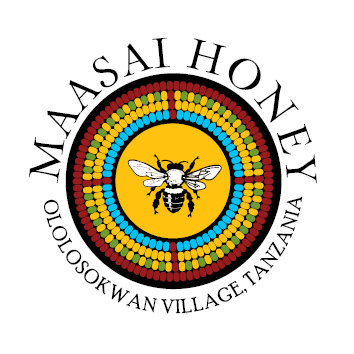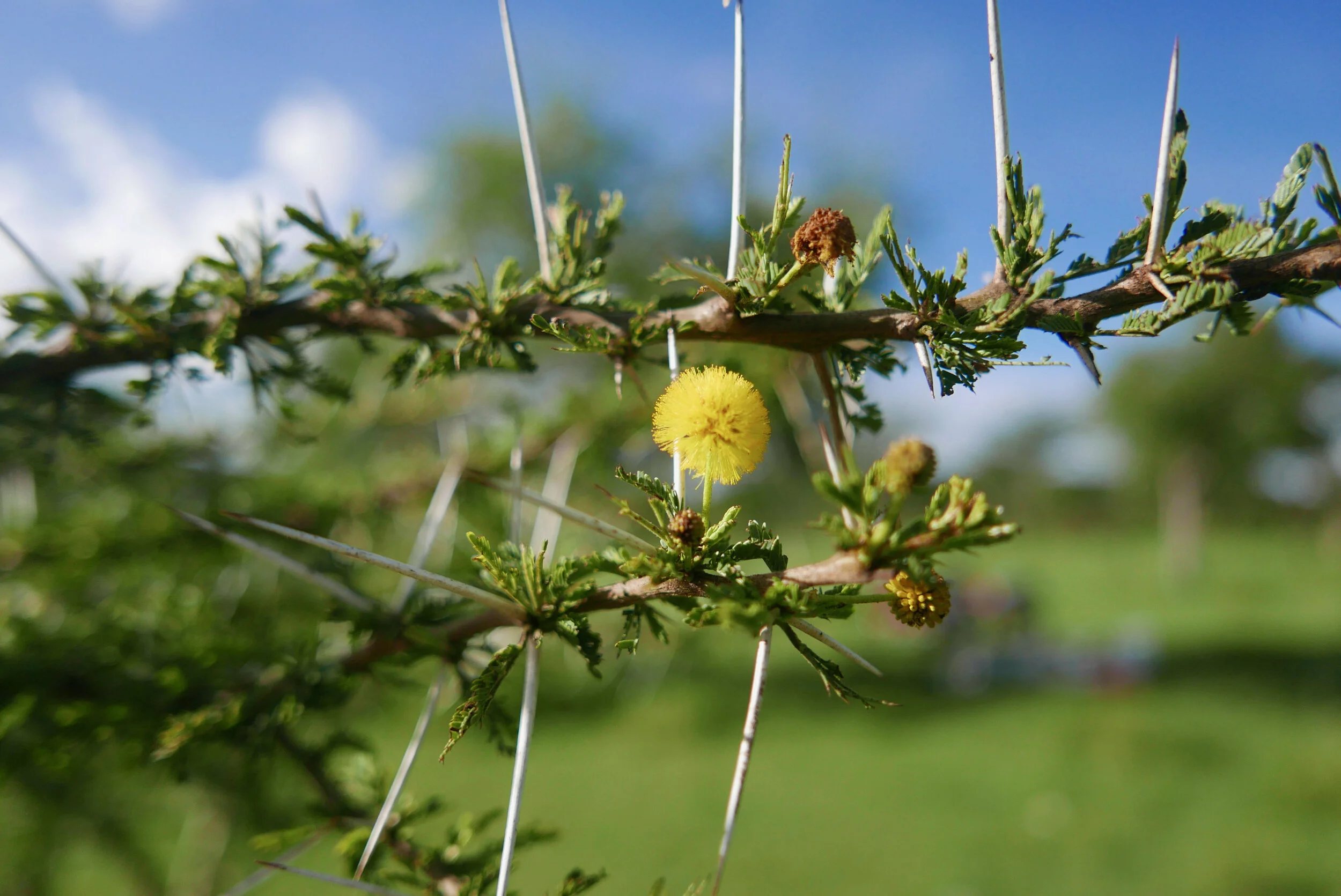Honey Chemistry: Through Thick and Thin
Honey is famed for its deliciousness and is widely consumed across the world, but what exactly is inside that jar of sweetness? Although honey has a general composition, in reality - all honeys are unique! A number of factors, mostly related to the beekeeping environment, contribute to their diverse flavors and textures.
Honey is primarily composed of sugar molecules - fructose, glucose, and small amounts of sucrose. The ratio of glucose to fructose in any given honey tells a lot about its texture and characteristics. Thats because a honey high in fructose is more liquid in state, while a honey high in glucose is thicker and more quick to crystallize. You may think that crystallized honey has gone “off”, but actually, it is a good sign! Crystallization shows that the honey has a low water content, making it less likely to ferment. It is also a good indication that the honey is raw; if honey has been heated, the sugar molecules dissolve further into the solution, making the honey more liquid and ubiquitous.
It is also not uncommon for raw honey to separate, with thick sugar crystals on the bottom and liquid honey on top. Not to fear! This is simply the separation of glucose and fructose molecules. Over time, fructose honey will rise, while glucose honey will fall. It does not affect the quality of the honey and can simply be stirred together if you like your sugars mixed!
So what creates this diversity in composition? This depends on the nectar from flowers, which are foraged upon by the bees. Some plants simply have more fructose in their nectar, while others have more glucose.
Besides sugar molecules, honey also contains enzymes, minerals, amino acids, vitamins, organic acids, pollen, and other flavor compounds. In fact, most honeys contain over 180 different constituents! These diverse components vary according to the environment. Pollen, for example, is foraged from flowers and is the main food source for bees (sometimes called “bee bread” by beekeepers). The diversity of pollen across botanical species is a major contributing factor in honey flavor.
Plants are so influential on honey flavor that often times a honey is labelled according to the foraging source. Honey from clover fields is labeled as “clover honey”, while honey from mixed forests is often labeled as “wildflower honey”. At Maasai Honey, our honey is termed “Acacia honey” because the prominence of Acacia trees in the region. The Serengeti alone contains at least 40 different species of Acacia! These Savanah trees are mixed with other unique botanical species, creating a diverse and “flavorful” environment.
What exactly does acacia honey taste like?…You’ll just have to experience it for yourself!
Beekeeper Francis inspects a honey sample with a refractometer, which measures the percentage of water in the honey solution.
White thorn acacia know as “Ol-jarbolani” in the language of Maa.
The fluffy white flowers of Gerrard’s Acacia, known as “Ol-tepesi” by the Maasai of Tanzania. (In Kenya it is known as Ol-debbei).



